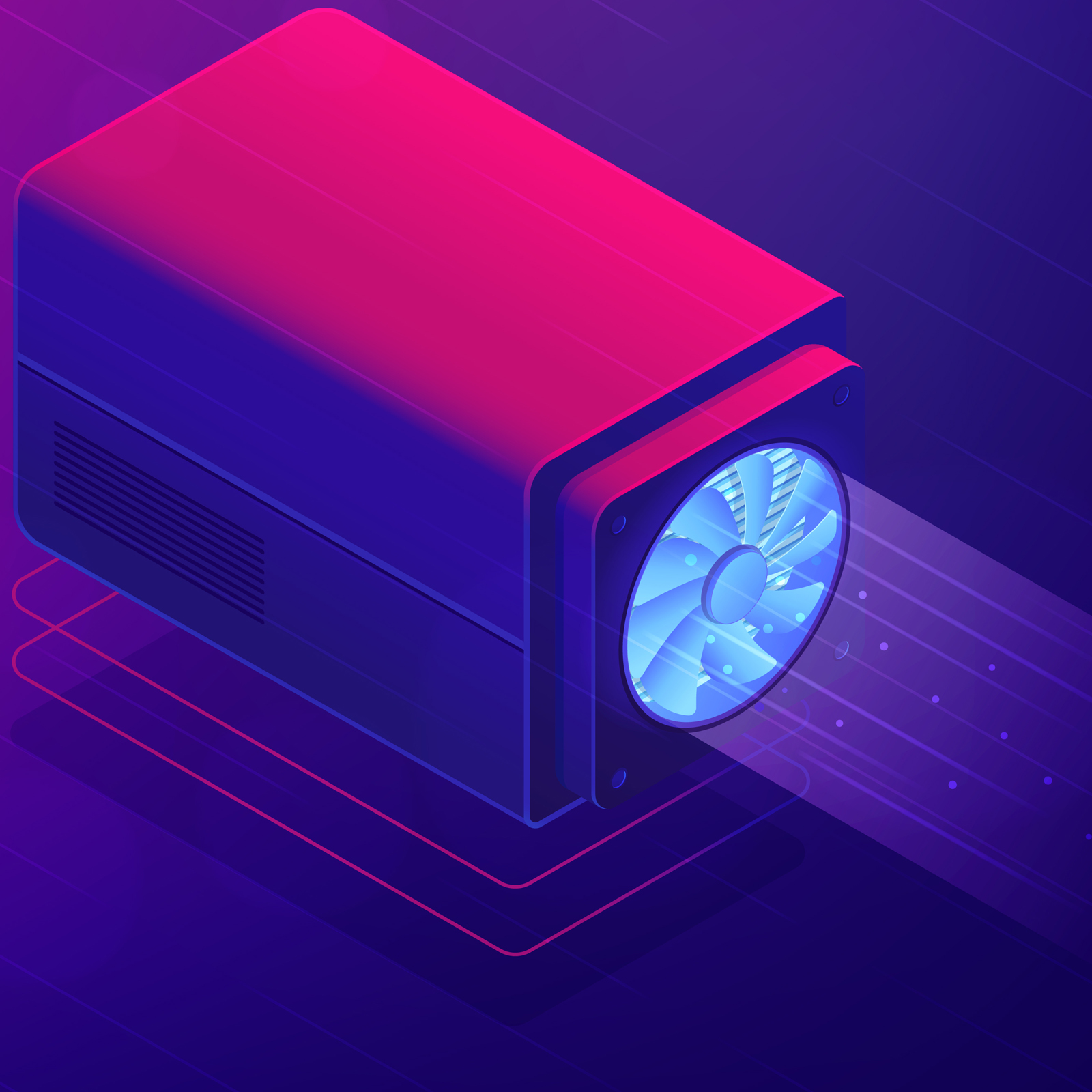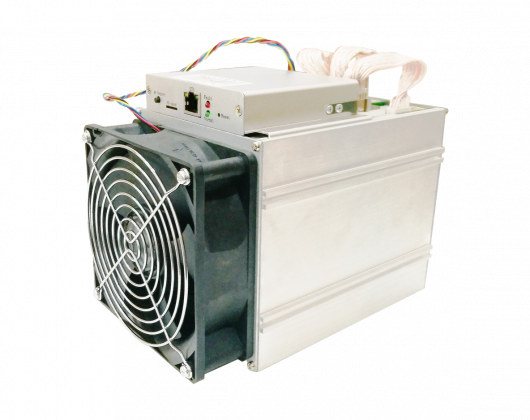
This week the Zcash Foundation and researchers from the University of Luxembourg have released a study that finds the presence of ASIC and FPGA miners may be controlling around 30 percent of the overall Equihash mining hashrate. The study speaks volumes to cryptocurrency developers and communities who have attempted to produce proof-of-work mechanisms that were meant to provide ASIC resistance.
Also Read: Get Them While You Can Gamers, Graphics Cards Prices Have Crashed
As of May 2018, Roughly 30% of the Equihash Mining Algorithm is Likely Mined by ASICs

Over the past few weeks, there’s been a lot of discussion on the subject of application-specific integrated circuits (ASICs). The conversations have revolved around digital currency networks that have been threatened and even maliciously attacked to the point that coins are allowed to be double spent. Cryptocurrency proponents that hoped their favorite cryptocurrency consensus algorithm would defend the network are finding out they were sorely mistaken. Cryptocurrencies like Bitcoin Gold, Monacoin, and Verge have seen significant attacks on their networks and millions have been stolen or double spent by malicious actors.
In the case of Bitcoin Gold (BTG), the cryptocurrency that hoped to be a ‘better bitcoin,’ used the Equihash algorithm modeled after the Zcash network. On May 23 someone took over more than 51 percent of the BTG hashrate and was able to double spend over $18Mn USD worth of BTG. A few weeks later the Zcash Foundation and the University of Luxembourg had decided to research how prevalent ASIC and FPGA miners are within the Zcash network and all cryptocurrencies that use the Equihash algorithm.
“In the short period of time of this study (2 weeks) we could put an upper bound on the ASIC/FPGA potential presence in Equihash mining ecosystem as of the end of May 2018 at 20 – 30% of total mining operations,” explains the University of Luxembourg researchers Alex Biryukov and Daniel Feher.
Most of the mining power (95%) is concentrated in pools so any large hidden ASIC/FPGA operation should be present in one or several of the pools. Moreover, four pools concentrate 87.5% of the total mining power.
The Zcash Foundation Has Dedicated R&D Efforts Towards ASIC Resistance
The Zcash Foundation explains in there official ASIC resistance stance that they have been developing “ASIC resistance as an option while simultaneously researching ASIC resistance.” Essentially, Alex Biryukov and Daniel Feher detail that ASIC miners are present within the network hashrate of coins that utilize the Equihash algorithm, and have presented their estimates specifically for the Zcash Foundation.

However, the research team concludes that the study needs further research, and detecting ASIC miners is not so easy and data can be manipulated.
“It is important to note that our current methods can be ‘fooled’ by careful ASIC miner and the methods are also not fine-grained enough to detect ASIC miner testing of few % of the total hash-rate — This is a work for further research,” the University of Luxembourg team concludes.
What do you think about the study that says roughly 30 percent of the Zcash hashrate is processed by ASICs? Let us know your thoughts on this subject in the comment section below.
Images via Shutterstock, Bitmain, and the University of Luxembourg research paper.
Verify and track bitcoin cash transactions on our BCH Block Explorer, the best of its kind anywhere in the world. Also, keep up with your holdings, BCH, and other coins, on our market charts at Satoshi Pulse, another original and free service from Bitcoin.com.
The post Study Reveals ASIC Miners Represent 30% of the Equihash Mining Hashrate appeared first on Bitcoin News.
Powered by WPeMatico
